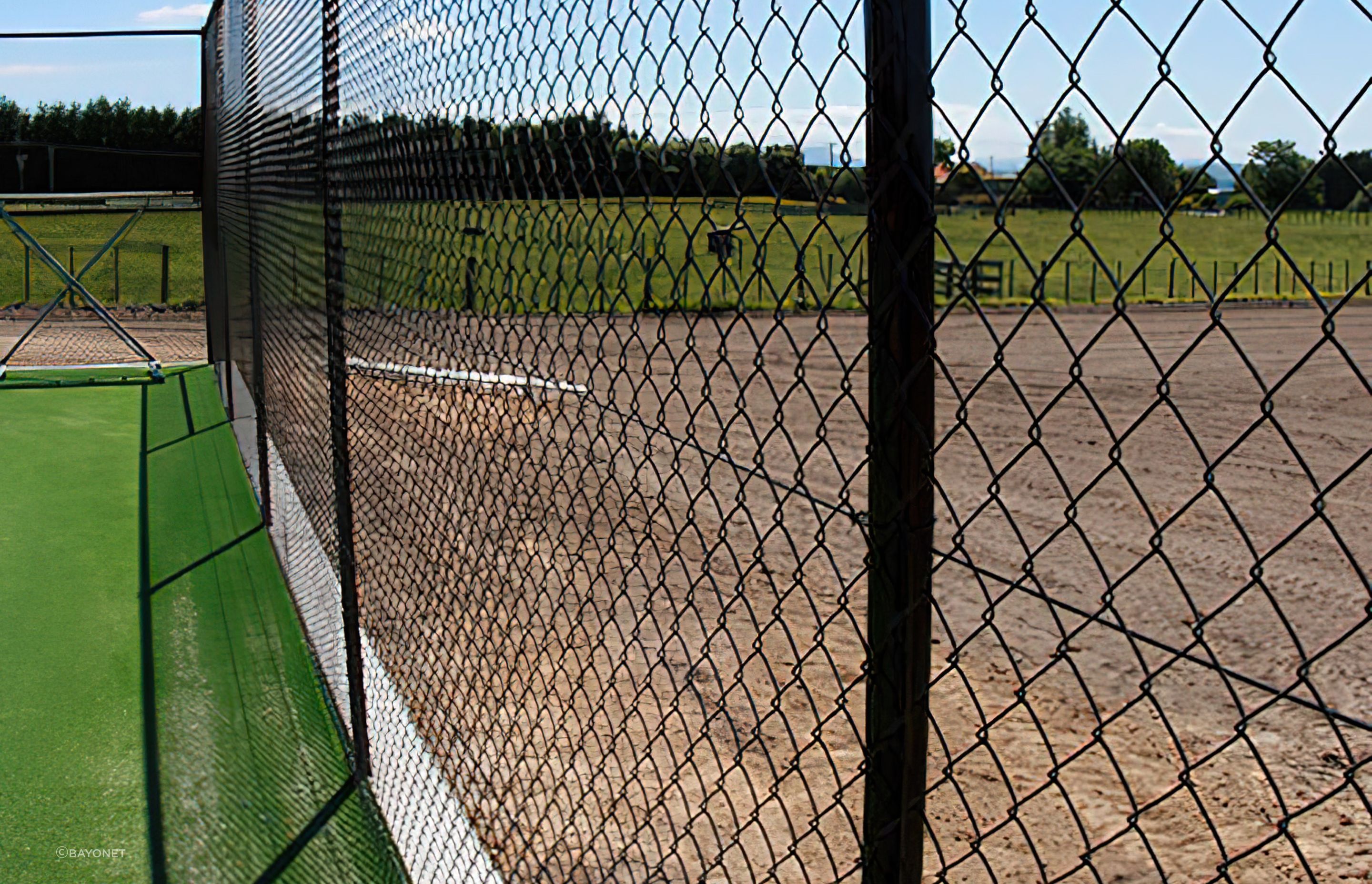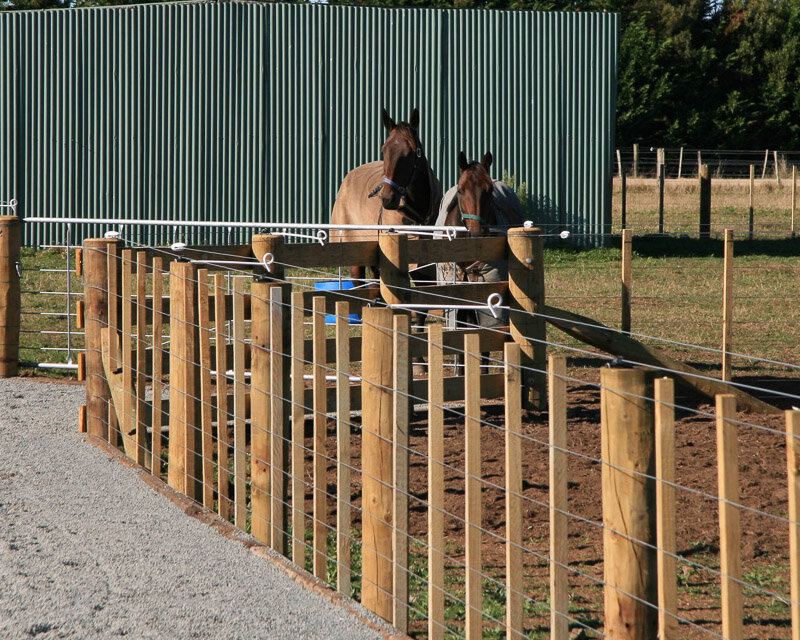The Eco-Friendly Guide to Modern Fencing in South Auckland—What to Know Before You Buy
The Eco-Friendly Guide to Modern Fencing in South Auckland—What to Know Before You Buy
Blog Article
A Comprehensive Overview to Fencing Install: What You Need to Know About Secure Fencing Solutions
When it comes to setting up a fencing, you have actually got a lot to contemplate. From choosing the ideal products to comprehending neighborhood laws, each step can feel overwhelming. You'll require to evaluate your home and make a decision if you intend to tackle the installation on your own or hire an expert. But that's just the beginning. Let's discover the vital variables that can make or break your fencing task.
Understanding Different Sorts Of Fence Products
When you're selecting a fencing, comprehending the various kinds of fencing materials is necessary. Steel fencing, like wrought iron or aluminum, provides toughness and style yet might need rust protection. Eventually, selecting the appropriate product will certainly aid you produce a fence that satisfies your requirements and improves your property's value.
Examining Your Property and Fencing Demands
Prior to you begin your fence setup, it's important to analyze your residential property limits and the purpose of your fencing. Recognizing regional guidelines and licenses will additionally aid you avoid any type of lawful issues down the line. By thinking about these factors, you'll assure your fencing satisfies both your requirements and area requirements.
Property Boundaries and Lines
Understanding your residential or commercial property limits is crucial for an effective fence installation, as it not only assists you figure out where your fence will go yet additionally ensures you're valuing your next-door neighbors' space. Beginning by evaluating your building deed or survey, which normally outlines the precise borders. You might likewise wish to seek advice from a professional property surveyor if you're unclear.
When you've established your limits, mark them clearly with risks or flags. This visual help will certainly guide you throughout the installment and protect against any disagreements with neighbors. Remember, regional zoning legislations may dictate fence positioning and height, so check those regulations as well. Taking these steps warranties your fencing is correctly positioned and compliant, making the entire process smoother for you.
Function of Secure Fencing
Third, fencing can specify your property limits, making it clear where your space ends and your next-door neighbor's starts. A well-placed fencing can aid take care of sound from close-by roads or next-door neighbors and even maintain pet dogs and youngsters safe. By assessing your certain needs, you can pick the appropriate type of fencing to attain these benefits effectively.

Local Rules and Permits
How can you assure your fence installment conforms with local regulations? Some areas call for authorizations for any type of brand-new fence, while others may just require them for taller structures.
In addition, take into consideration building lines and any kind of easements on your land. Marking your boundaries can protect against disagreements with neighbors or possible legal concerns. By understanding these laws in advance, you can stay clear of pricey errors and identify your fencing is built to last, improving both your building's worth and your peace of mind.
Local Rules and Permits for Fencing
Prior to you begin your fence project, it's vital to inspect neighborhood policies and get any kind of essential licenses. Each city or region has its own rules concerning fence elevation, materials, and positioning. These guidelines guarantee that your fencing abides by security standards and area aesthetics.
Start by visiting your neighborhood zoning office or their site to discover certain requirements. Fence Company. You might require to send a fencing plan, detailing dimensions and products. Some locations may even require a survey to validate residential or commercial property limits. Do not forget to consider any house owners' organization (HOA) guidelines, as they can enforce extra constraints.
Ignoring to adhere to these policies can bring about penalties or compelled elimination of your fencing, wasting both time and money. Take the time to study and secure the correct authorizations for a smooth installment procedure. This action is essential in ensuring your task aligns with local legislations and neighborhood requirements.
Choosing In Between DIY Installment and Expert Solutions
Are you considering whether to tackle the fencing installation yourself or employ a specialist? If you're helpful and have experience with similar projects, DIY could conserve you cash.
Setting up a fencing takes time, and if you're handling an active routine, employing an expert can ensure it obtains done effectively. If your yard has difficult terrain or details layout requirements, experts bring expertise that can make a difference.
Last but not least, consider local regulations. A specialist recognizes the authorizations and codes required, helping you prevent prospective penalties. Eventually, evaluate your skills, time, intricacy, and policies to make the ideal option for your fence project.
Step-by-Step Overview to Fencing Setup
When you have actually decided to move forward with your fence installment, adhering to a structured step-by-step strategy will certainly assure a smooth process. Start by marking the fencing line with risks and string to visualize the design. Next, check local laws to validate compliance with height and building lines.
Dig post holes at the very least two feet deep, spaced according to your fence kind-- usually 6 to 8 feet apart. Insert the posts right into the openings and load them with concrete for stability. Once the messages are set, attach the horizontal rails or panels, making certain they're degree.
Secure the panels or pickets, verifying they line up correctly. If you're using entrances, install them last, guaranteeing they this page swing freely. Check for any loose connections and make needed modifications. Your fencing must now be prepared to enhance your building and give the personal privacy or protection you need!
Maintenance Tips for Long Life of Your Fence
To keep your fencing looking fantastic and long-term much longer, routine maintenance is essential. You need to establish a Read Full Report cleansing schedule, inspect for any kind of damages, and apply protective coverings as required. By remaining aggressive with these jobs, you'll guarantee your fence continues to be sturdy and attractive for many years ahead.
Routine Cleansing Set Up
Begin by washing your fence with water at least once every season to eliminate dust and particles. Don't forget to examine for any kind of rust on steel fencings; a wire brush can help remove it, adhered to by a layer of rust-resistant paint. Keeping your fence clean not just boosts its look yet additionally prolongs its life, conserving you money in the lengthy run.
Evaluate for Damages
Routinely checking your fence for damages is important if you desire to preserve its integrity and long life. Begin by strolling around your fencing to look for visible indicators of wear, such as cracks, loosened boards, or corrosion. Check for any signs of bugs, like termites or woodpeckers, that can jeopardize your fencing's structure.
Apply Safety Coatings
After inspecting your fence for damages, using protective finishes is a crucial step in guaranteeing its durability. Relying on the product, you'll intend to select the right kind of covering. For wooden fences, a premium sealer or timber discolor can avoid dampness absorption and discourage pests. If your see post fence is vinyl or metal, think about a UV-protective spray or paint to stop fading and corrosion.
Ensure to clean up the surface completely before application, as dust and crud can weaken the covering's effectiveness. Apply the layer in completely dry weather condition for better attachment, and don't forget to comply with the maker's guidelines for the very best outcomes. Regularly reapply every couple of years to maintain your fencing looking terrific and standing solid against the components.
Price Factors To Consider and Budgeting for Your Fence Job
When preparing your fence job, understanding expense factors to consider is necessary to staying within budget. Start by determining the type of product you want, as expenses can vary greatly between wood, plastic, and steel. Do not fail to remember to consider labor costs-- hiring experts might conserve you time however can raise your general costs.
Next, gauge your residential or commercial property to determine the linear video footage needed, as this straight influences product prices. Furthermore, think about any permits you might require, which can include in your budget.

Finally, it's a great idea to establish apart a contingency fund for unforeseen costs. By preparing thoroughly and taking into consideration these elements, you can develop a realistic budget that satisfies your fence requires without damaging the bank.
Often Asked Questions
For how long Does the Average Fencing Installment Take?
The standard fence installation typically takes one to 3 days, depending upon the fence type and dimension of your yard. You'll need to take into consideration any kind of delays because of weather or allow requirements as well.
What Should I Do if My Fencing Is Damaged?
If your fencing is harmed, first examine the degree of the damage. Repair small issues yourself, however, for major problems, consider calling an expert. Don't wait as well long; it'll aid avoid better issues.
Can I Install a Fence on an Incline?
Yes, you can mount a fence on an incline. You'll need to readjust your installation technique, either by stepping the panels down or making use of a racked style to assure security and proper positioning with the terrain.
What Are the very best Practices for Fencing Painting?
To repaint your fence properly, start with correct cleansing and sanding. Use top notch paint and apply in even strokes. Do not neglect to pick the appropriate climate for painting, guaranteeing it's completely dry and mild.
Exactly how Typically Should I Evaluate My Fencing?
You ought to inspect your fence at the very least two times a year, concentrating on indications of damage, rot, or rust. Routine checks help you capture problems early, ensuring your fencing remains sturdy and aesthetically enticing longer.
Report this page